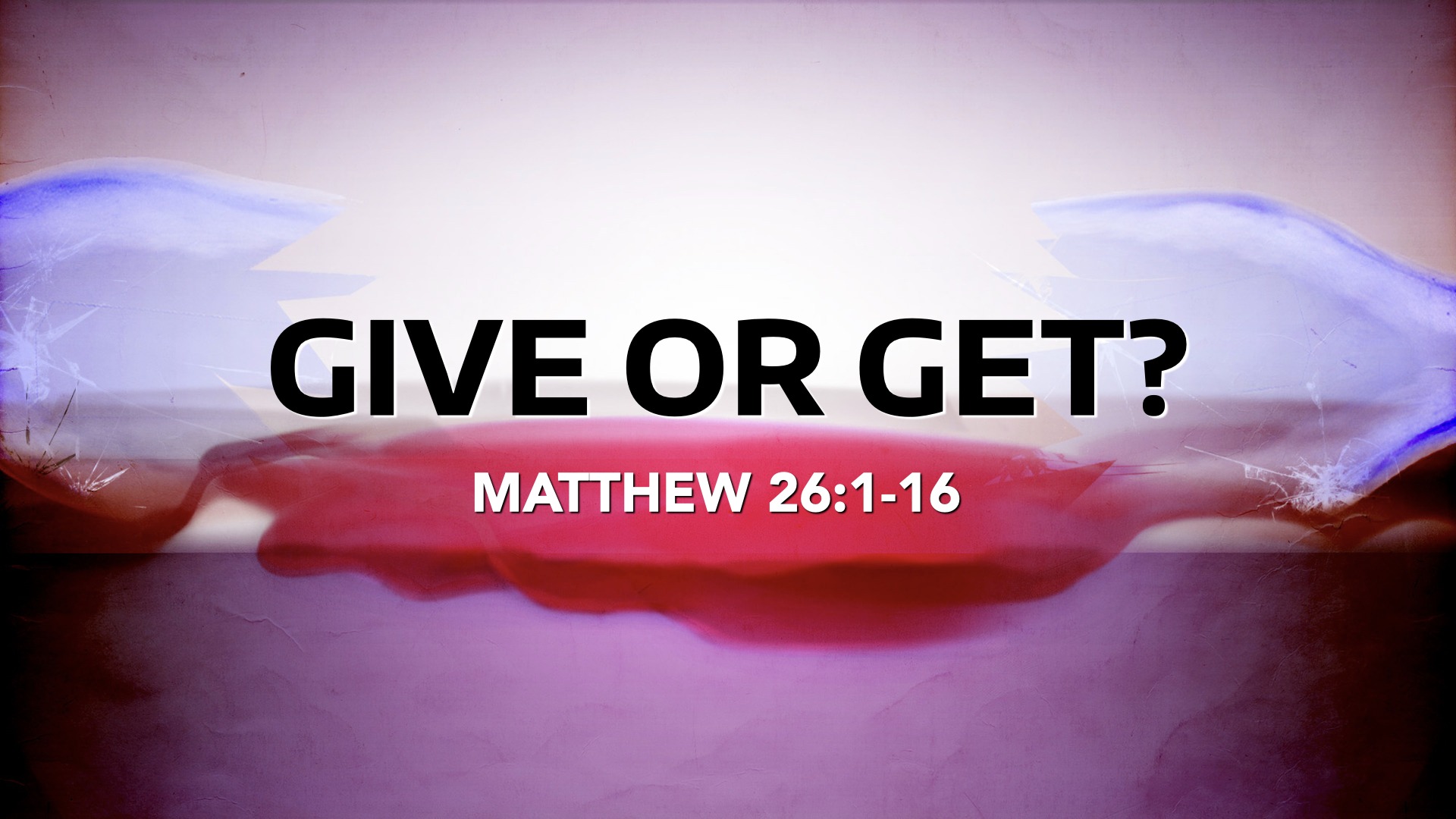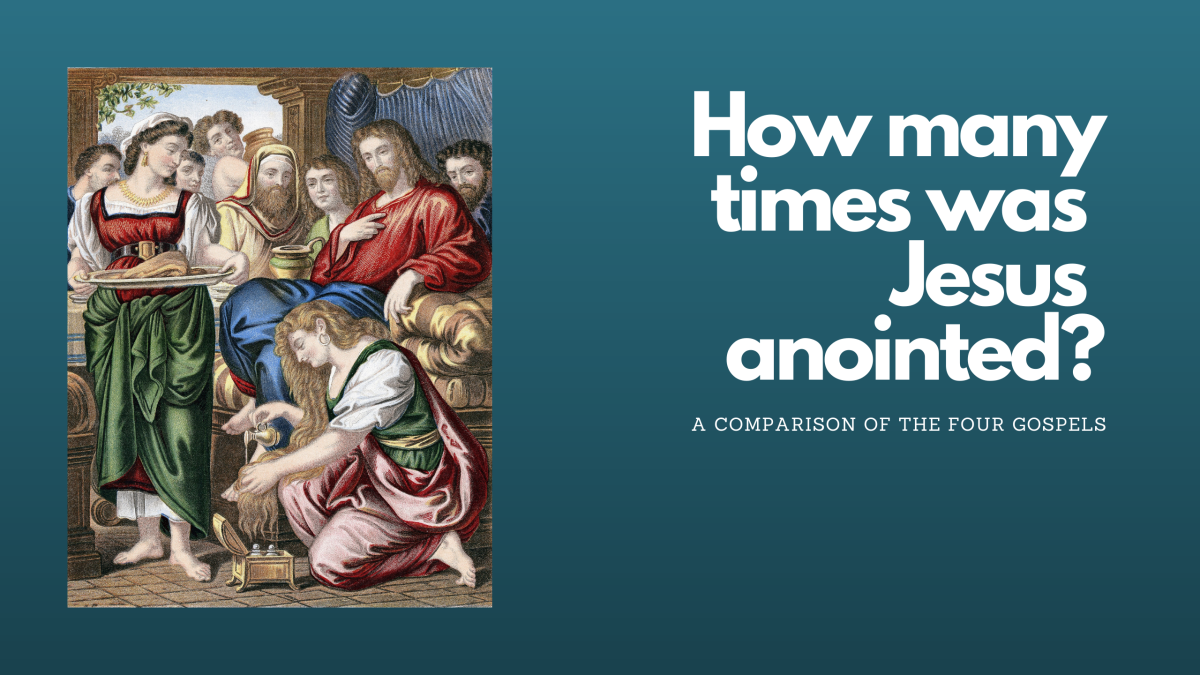Text:
When Jesus had finished saying all these things, he said to his disciples, 2 “As you know, Passover begins in two days, and the Son of Man will be handed over to be crucified.” 3 At that same time the leading priests and elders were meeting at the residence of Caiaphas, the high priest, 4 plotting how to capture Jesus secretly and kill him. 5 “But not during the Passover celebration,” they agreed, “or the people may riot.”
6 Meanwhile, Jesus was in Bethany at the home of Simon, a man who had previously had leprosy. 7 While he was eating, a woman came in with a beautiful alabaster jar of expensive perfume and poured it over his head.
8 The disciples were indignant when they saw this. “What a waste!” they said. 9 “It could have been sold for a high price and the money given to the poor.”
10 But Jesus, aware of this, replied, “Why criticize this woman for doing such a good thing to me? 11 You will always have the poor among you, but you will not always have me. 12 She has poured this perfume on me to prepare my body for burial. 13 I tell you the truth, wherever the Good News is preached throughout the world, this woman’s deed will be remembered and discussed.”
14 Then Judas Iscariot, one of the twelve disciples, went to the leading priests 15 and asked, “How much will you pay me to betray Jesus to you?” And they gave him thirty pieces of silver. 16 From that time on, Judas began looking for an opportunity to betray Jesus.
In the Kingdom of God, Victory looks DIFFERENT BUT BETTER than we can imagine.
Overall Commentary: 🌎
Jesus' final public discourse has ended. Now it's time for the "field lessons." He is showing us what victory looks like. The Gospel writer is transitioning to the Cross and Christ's ultimate victory in these three events.
Kingdom victory teaches us to Stand Strong when others fall.
Commentary
Verse 1-5: Do you Feel In Charge?
Verse 1: "When Jesus had finished"—Jesus has just finished His final public discourse.
Verse 2: Prediction Perfect—Jesus has told His disciples that He will be betrayed and crucified. Now, He gives a specific time.
Verse 3-5: A Different Plan— The leaders know Jesus needs to die, but they do not want to do it on Passover. This was one of the few days in the year when everyone flocked to Jerusalem to celebrate their freedom from Egyptian bondage. Up to 2 million people may have been in and around Jerusalem. Jesus had different plans.
Verse 6-13: The Extravagence of Worship.
Parallel controversy: Matthew 26, Mark 14, Luke 7, and John 12. There is some controversy in how the different Gospel accounts align because, while they all say Jesus was anointed, their accounts differ. Hopefully, this will clear it up.
- Jesus was likely anointed twice in His public ministry. Luke's account represents an earlier time in His ministry, and the other three accounts tell the same story right before His crucifixion.
- Matthew and Mark's accounts are very similar and need no harmonization.
- John seems to differ because He says this event happened several days before the crucifixion, and Matthew indicates it was closer. That's the point. Matthew never says it was closer. Throughout Matthew, we can see that He aligned the stories of Jesus thematically rather than chronologically. Therefore, it is likely John's timeless is chronologically correct.
- The final piece that needs harmonization is that John seems to say the anointing happened at Lazarus' house, while Matthew specifically says it was at Simon's house. There is no discrepancy here, either. In John's original language, it appears John indicates that Bethany is where Lazarus was from, not that it was his house. This makes sense because John would have been writing to non-Jews through the seven churches of Asia-minor mentioned the book of Revelation. They would likely have little knowledge of Palestine's geography. Therefore, John could have used Lazarus to help them realize where Jesus was. He had just finished telling about Lazarus, who had been raised from the dead.
Verse 6: Bethany- 2 miles from Jerusalem.
Verse 6: Simon- We don't know who this is other than this place in Scripture. Simon was a widespread name. However, we realize Jesus had healed this person.
Verse 7: "A woman"- John tells us this was Mary, the sister of Lazarus.
Verse 7: What was in the jar?- Other Gospel accounts tell us this was spikenard. It was very expensive and imported from India. It likely cost a full year's wages to buy.
Verse 7: Is there a significance to Jesus being anointed on the head?- While it was not uncommon for guests to be offered oil to anoint their heads, the type of oil she used was extravagant beyond belief. Also, in the Old Testament, priests and kings were anointed.
Verse 8-9: False piety- They pretended to be offended, but John's Gospel tells us that Judas was greedy and wanted the money.
Verse 11: Don't feed the poor?- Jesus is not telling us to neglect the poor. He says that all things, even our good deeds, come second to worshiping Him.
Verse 12: She was doing more than you know. Mary most likely had no idea what she was doing other than worshiping Jesus. However, Jesus knew there was more going on.
Verse 14-16: Hurt Feelings Equal Bad Decisions.
Verse 14: Why was this story told?- Many scholars believe these two verses pick up where verse 5 left off. Matthew told the story in the middle to explain why Judas finally decided to betray Jesus.
Verse 15: 30 pieces of silver: This was also the price of purchasing a slave. This was the equivalent of 4 month's work. Not much compared to the offering made by Mary.
Top Takeaway- Be Truly Glad and Stand Strong.
In our lives, there will be many opportunities to play it safe or stand down in the face of opposition. This passage helps us see that God has given us more strength than we realize. He knows what He is doing. He will fight for us when others attack our pure motives. He will challenge us and hurt our feelings when we go astray. All of these things are to strengthen us so we can be everything He has called us to be and to be a light in the darkness.
Further Resources for Deeper Study
- Blue Letter Bible: Cross-Reference/Word Studies/Translations
- How to Cross-reference passages. Let the Bible interpret the Bible.
- BibleHub.com: So. Many. Tools.
- Bible Study Notes
- Matthew Henry Commentary
- Principles of Ministry
Extra Study































